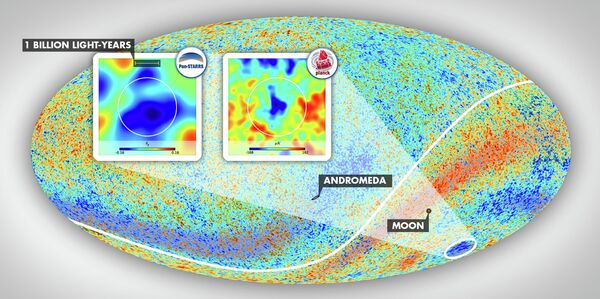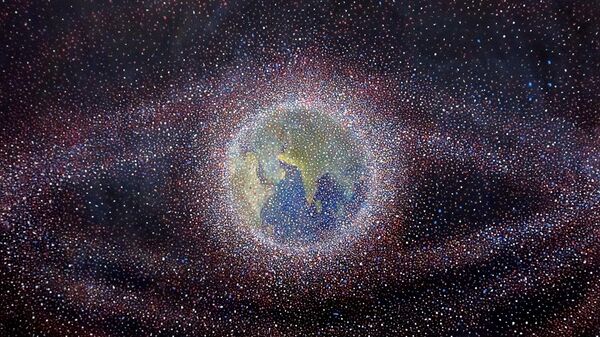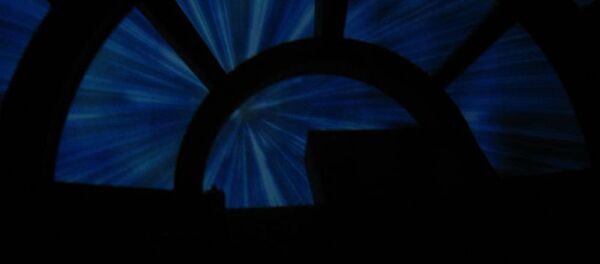This “supervoid,” as astronomers call it, measures 1.8 billion light years across. And while it is not totally empty, it is about 20% less dense than typical regions and is missing about 10,000 galaxies.
"Supervoids are not entirely empty, they're under-dense," Dr. Andras Kovacs, of Eotvos Lorand University in Budapest, Hungary, and one of the researchers behind the discovery, told Popular Science.
And while supervoids have been identified before, this one is remarkable for the breadth of its emptiness.
“This is the greatest supervoid ever discovered,” Kovács added. “In combination of size and emptiness, our supervoid is still a very rare event. We can only expect a few supervoids this big in the observable universe.”
The roots of this particular supervoid’s discovery date back to 2004, when astronomers examining a map of the radiation leftover from the Big Bang discovered the Cold Spot, a larger-than-expected unusually cold area of the sky.
"The Cold Spot raised a lot of eyebrows," Carlos Frenk, a cosmologist at the University of Durham in England who was not involved in the research, told the Guardian. "The real question was what was causing it and whether it was a challenge to orthodoxy.”

The latest study suggests that the Cold Spot can be partly explained by the gigantic region of emptiness at its center, which drains energy from light travelling through it. So when light finally exits the supervoid, it does so at a colder temperature.
"While we did not establish a causal relationship [between the Cold Spot and the supervoid], the fact that two very rare objects are aligned makes it very likely that they have something to do with each other,” Istvan Szapudi, an astrophysicist who was involved in the study, told the Huffington Post in an email.


